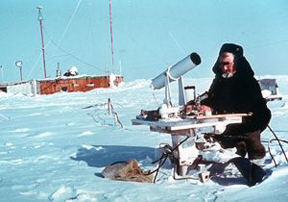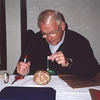Here a German researcher is fixing an instrument called a pyranometer (in the tube). he is trying to collect weather data while on an Arctic ice floe. A pyranometer measures solar radiation.
Figure from the NSIDC Arctic Climatology and Meteorology Primer
Arctic Weather
The
Arctic or the Earth's Northern Polar Region has pretty extreme weather!
Ok, so you know the Arctic is cold, right? But did you know that minimum temperatures of -90°Fahrenheit (-68° Celsius) can be reached in Greenland and northern Siberia during winter months?!? That's pretty cold! Now it's not that cold all the time all over the Arctic.
The average Arctic winter temperature is -30° F (-34°C), while the average Arctic summer temperature is 37-54° F (3-12° C).
In general, Arctic winters are long and cold while summers are short and cool. And some places in the Arctic are actually warmer then you might expect because they are near the coast and are warmed by the warm ocean water.
The clouds found most in the Arctic are low stratus and stratocumulus clouds. Springtime is the cloudiest while Winter is the least cloudy.
Arctic places don't get much precipitation. What they do get is usually snow during Fall and in Spring. They usually get less than 10 inches of precipitation a year. This means they can be officially classified as a desert!
The Arctic can also be windy! With little in the way to slow them, winds can sweep over huge areas of land dropping loads of snow when an obstacle is hit. The summer months in the Arctic are the windiest.
It is not very humid in the Arctic. The cold air just can't hold much moisture!
You might also be interested in:
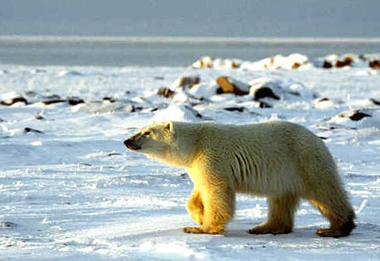
North of the Arctic Circle (at 66.5°N latitude) you will find the Arctic Ocean surrounded by the continents of Europe, Asia, and North America. You will find the geographic North Pole and the magnetic
...more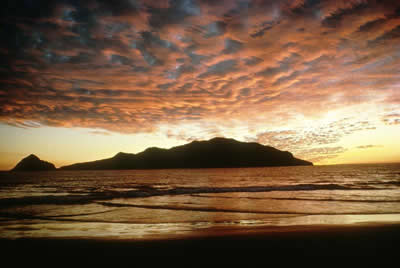
The low cloud group consists of Stratus, Stratocumulus, and Nimbostratus clouds. Low clouds consist of water droplets. The base of a low cloud is from the ground surface to 2000m.
...more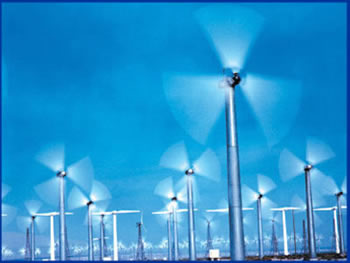
Wind is moving air. Warm air rises, and cool air comes in to take its place. This movement creates different pressures in the atmosphere which creates the winds around the globe. Since the Earth spins,
...more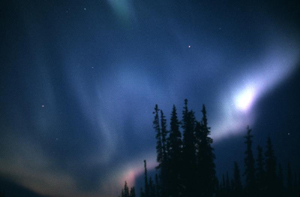
Phenomena in the Polar Atmosphere There are some unique phenomena that happen in the atmosphere that is above the Earth's polar regions. Read on to discover more about some of the unique parts of the polar
...more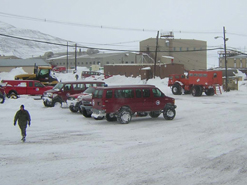
Polar exploration includes the physical exploration of the Arctic and the Antarctica. The Arctic is the area around the Earth's north pole and includes parts of Canada, Greenland, Russia, the United States
...more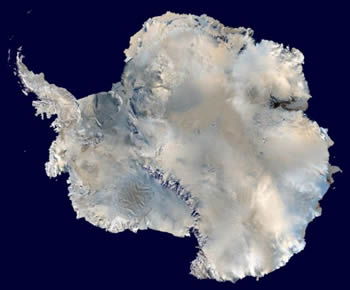
What Will You Find There? South of the Antarctic Circle (at 66.5°S latitude) you will find the continent of Antarctica surrounded by the Southern Ocean, the geographic South Pole and the magnetic South
...more
Antarctica is unique. It is the coldest, windiest, and driest continent on Earth. The land is barren and mostly covered with a thick sheet of ice. Antarctica is almost entirely south of the Antarctic Circle
...more
